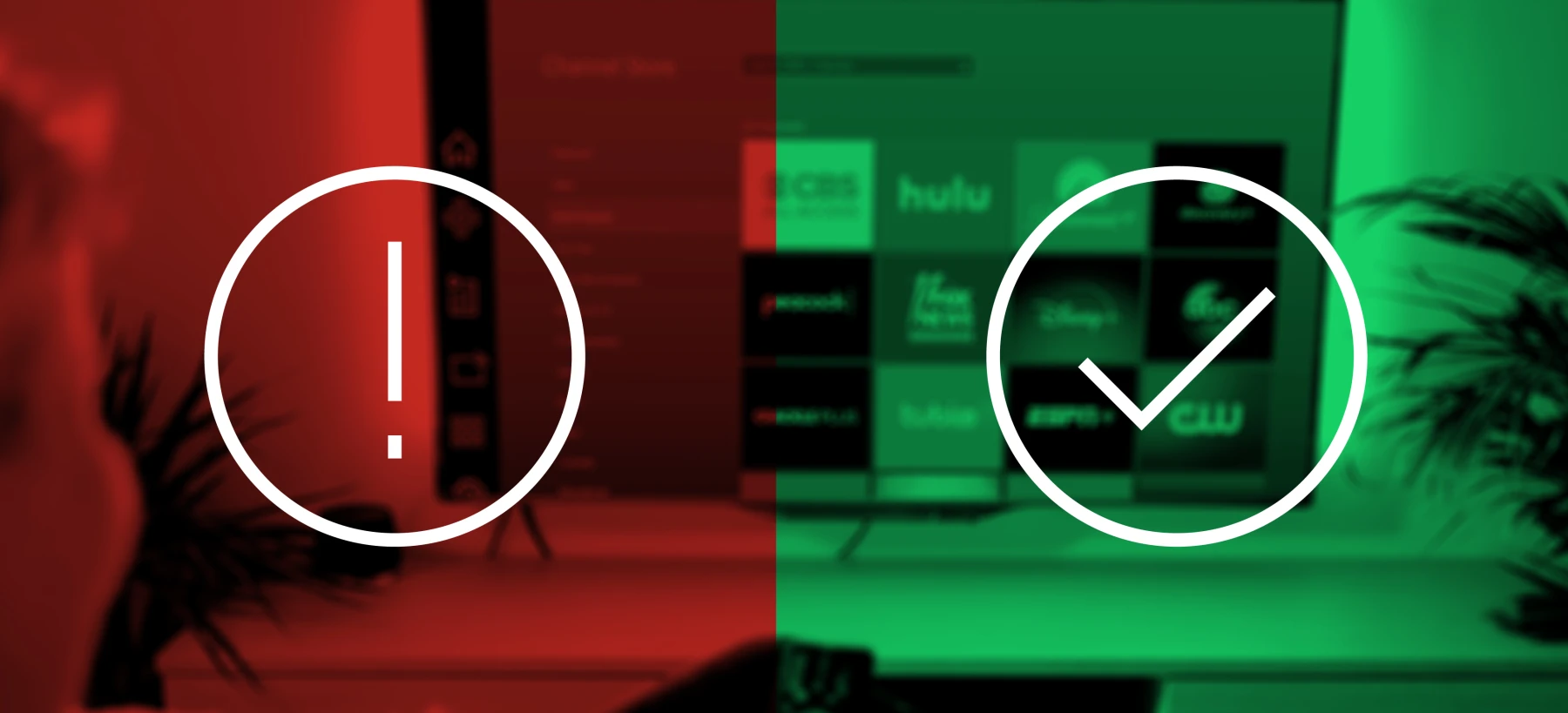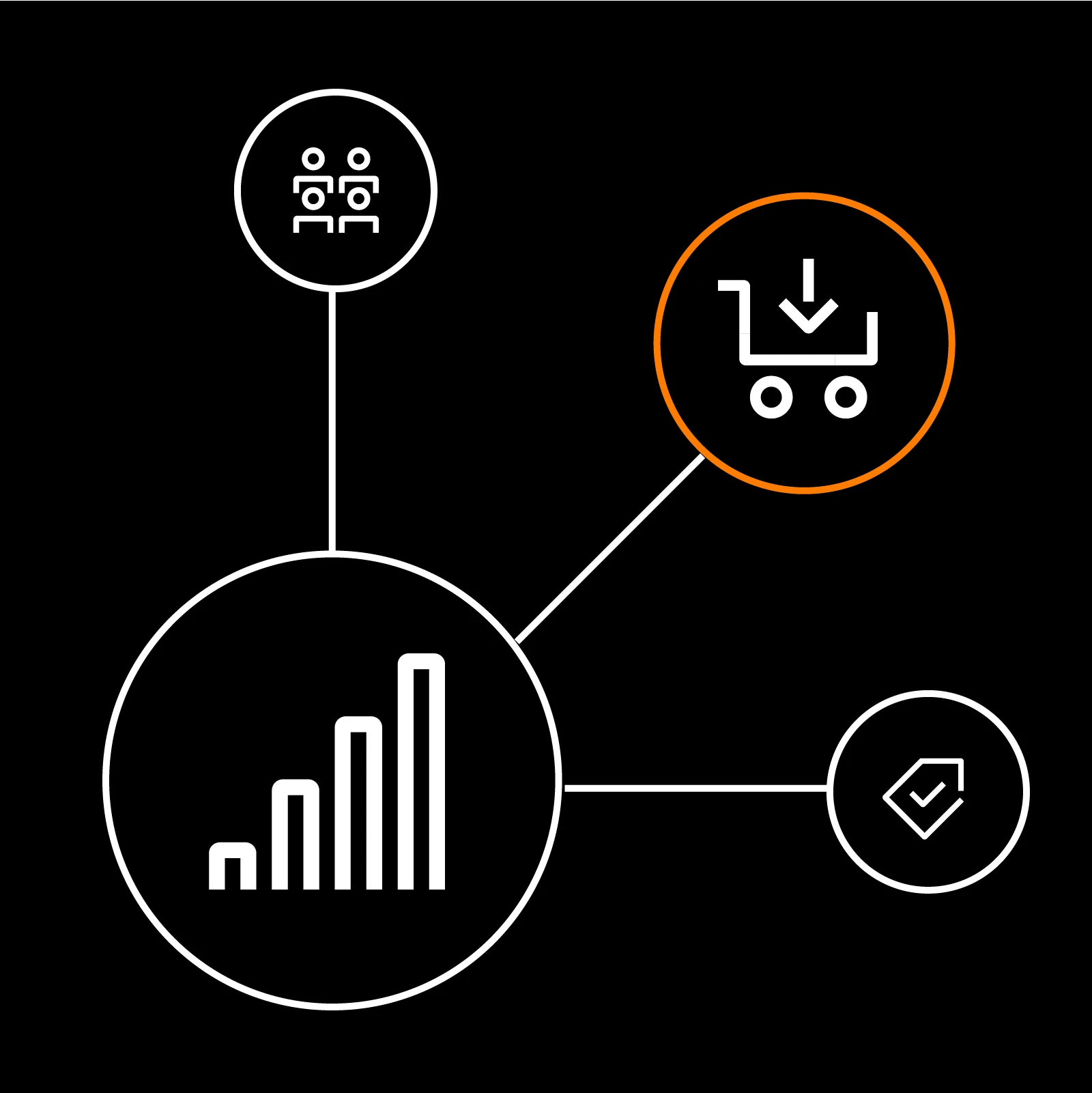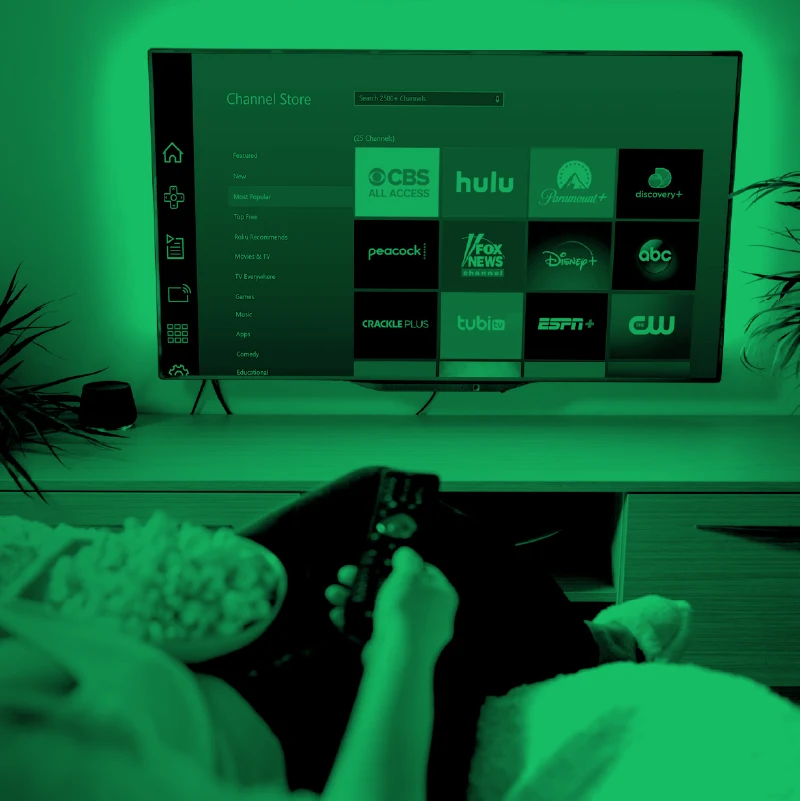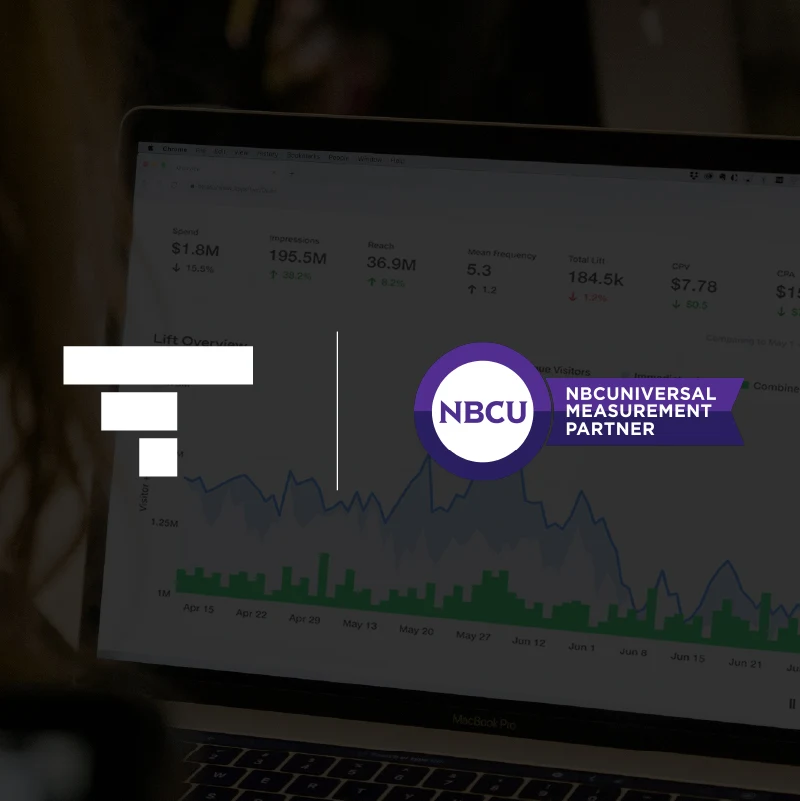
CTV Fraud Should Never Be an Issue
A version of this blog was featured on ANA (Association of National Advertisers).
Fraud has long plagued the digital advertising landscape, siphoning off vast sums of money. Connected TV is not impervious to it. The nearly $24 billion funneled into CTV advertising globally this year (source: Emarketer) creates fertile ground. To put some substance behind it, bot fraud in CTV rose by 69% in 2022 from the previous year, and there has been a tripling of identified CTV fraud schemes since 2020.
The schemes vary in their methods of deception. It includes using botnets to manipulate CTV inventory, hijacking genuine CTV device sessions through server-side ad insertion, and fabricating CTV inventory through counterfeit SSAI servers spanning multiple apps, IPs, and devices.
How to stop CTV fraud in its tracks
The irony is that it is so easily avoided, either by buying CTV inventory publisher direct, or through the deployment of outcome-based TV measurement. The former solution is obvious - no publisher in its right mind would ever sell fake impressions. This is exactly why we favor direct media execution at Tatari and have doubled down on it with our acquisition of TheViewPoint and the subsequent release of TVP Direct. The latter solution (i.e. outcome measurement) deserves some further explanation and, in good Tatari tradition, some real data to back it up.
What is outcome TV measurement?
Outcome measurement is a form of TV measurement where the success of a campaign is not defined by the audience reached (Nielsen style) but by the response, actions, and/or results it delivers. It is built on a closed-loop attribution analysis, where the HH exposed to the TV impression is tied to the same HH purchasing. I underline “purchase” as a real action; not some vague awareness survey or signal of intent via search. By zeroing in on the net value an ad brings — the actual rise in sales directly linked to a campaign — advertisers have a clearer view of whether or not their ads worked. Bots can’t translate ad views into real-world outcomes.
A smoking gun
In the past month, Tatari (at its own expense) purchased CTV inventory on the programmatic exchanges. With everything else constant (e.g., target, time, geo), we favored CTV inventory that was sold “indirectly.” This means it was not directly sourced from the publisher; accordingly, there was no ads.txt or seller's json file. Exchanges are rife with such inventory*, they will tempt the buyer with very low CPMs (think <$5) for premium inventory typically sold much higher (e.g. $15+ CPM).
In addition, we applied traffic validation (e.g. HUMAN Security) to detect (and prevent) fraud. The results were astonishing. While Invalid Traffic (IVT) was minimal (i.e. below <2%, an industry-accepted level), the outcome of the campaign was a fat zero. We refer to this campaign as the “Advertiser A Fraud test Indirect.”
Meanwhile, other similar campaigns run by Tatari with media executed publisher direct (albeit at a higher CPM pricing) did very well (“Advertiser A Programmatic (Direct)”). The table below summarizes the Indirect vs Direct campaigns.
In addition, we dissected each impression at the IP-level. It turned out that (for the Fraud Test), three ISPs (or data centers) accounted for 98.6% of all impressions. We would have expected them to be peanut-buttered across tens of thousands of HHs instead). Not surprisingly, each of the three ISPs is flagged and known for high fraud risk by Scamalytics.
Forewarned is forearmed
For advertisers, the message should be laser-clear. When running CTV campaigns:
Buy directly from publishers. Demand that traffic is purchased from the publisher directly. No hoops. In this context, we applaud OpenX's recent decision to kill off any business (and money) from indirect inventory.
Request outcome measurement. Advertising is only valuable if it’s working, so the natural consequence of any form of fraud is that advertisers will eliminate it from the plan (because of poor performance). Measurement, therefore, becomes its own natural fraud deterrent. Also, steer clear of audience measurement because it’s super easy to inflate reach impressions with cheap fake inventory.
Don’t assume fraud detection is enough. Don’t blindly trust traffic validation systems since they don't seem to work consistently. Apart from the above, this was most recently demonstrated when Human Security (yes, them again!) failed to detect the Forbes website spoofing.
If the entire industry could rally around these simple concepts, CTV fraud would collapse to zero, and many of the bad actors would die off. Championing outcome-based metrics not only combats fraud but also ushers in an era of transparency, accountability, and true value in advertising.
Footnote (*). We are intentionally omitting company names here. Tatari’s point is to expose the practice and risk of buying indirectly, not the specific companies.

Philip Inghelbrecht
I'm CEO at Tatari. I love getting things done.
Related
A Unified Measure: The Case for Standardizing 'Outcomes' in TV Advertising
Discover the changing face of TV advertising measurement, from traditional viewer metrics to outcome-based approaches, and the potential benefits for advertisers and publishers alike.
Read more
How a Magician Can Manipulate CTV Performance
It can be easy to overstate the impact of a streaming TV campaign - by lumping in digital display channels. Our goal in this article is to unveil some of the (questionable) tactics deployed by programmatic TV ad platforms, and why Tatari doesn't practice this.
Read more
Tatari’s Outcome-Based Measurement for TV Advertising Certified by NBC Universal
Tatari is proud to announce that we have been certified as one of 14 measurement partners by NBC Universal in the Incrementality Measurement/Sales Impact category.
Read more


